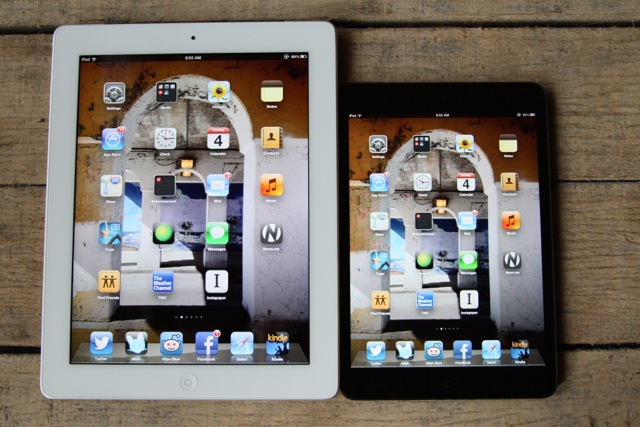It was love at first sight—the infatuated gaze, the flirtatious giggles. He just couldn’t keep his eyes or hands off her. I can still hear the cry of agony when I, his mom, mercilessly tore her away from his small chubby hands…
“He” is my two-year-old son. “She” is the iPad. It’s a love story familiar to almost every parent who has both a toddler and an iPad (or presumably other tablets) in the house. And as this unnatural bit of natural attraction surfaced, it made me and many other parents wonder: “What on earth is the iPad doing to my child?”
Dr. Heather Kirkorian, an assistant professor in the Human Development and Family Studies Department at the University of Wisconsin-Madison, is one of the few scientists trying to answer this very question. And for the past few years, she has been studying how touchscreen devices affect early childhood learning.
Before focusing on the small, mobile screen, Kirkorian started her career studying the effect of television on childhood learning. For decades it’s been known that infants and toddlers under two years old learn less from video than real life experiences—it’s called the “video deficit.” For these young minds, face-to-face interaction is crucial for learning language and social skills. Excessive TV exposure at this early age has been linked to language delays and social impairment such as lack of expression or eye contact. In fact, Kirkorian’s early studies showed that even background television—adult programs that children do not pay much attention to—could disrupt play behavior and parent-child interaction.
The video deficit effect diminishes for children around three years of age, when educational video viewing can actually facilitate learning. But because of the known negative effects of television on young children, the American Academy of Pediatrics recommends zero screen time for children under two years of age, and no more than two hours for older kids. However, this guideline was established back when there was no such thing as a touchscreen device—let alone an interactive app.




 Loading comments...
Loading comments...
